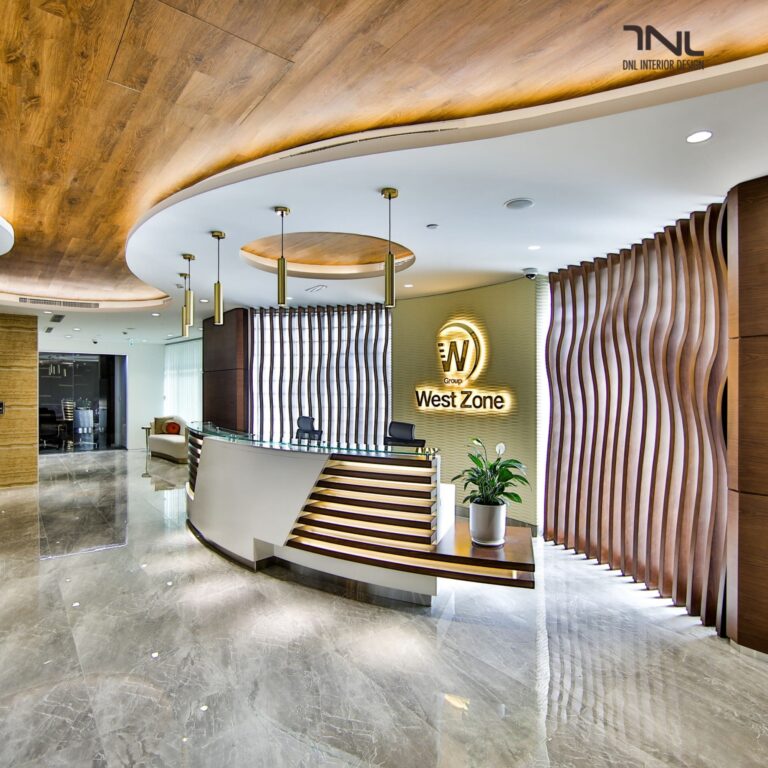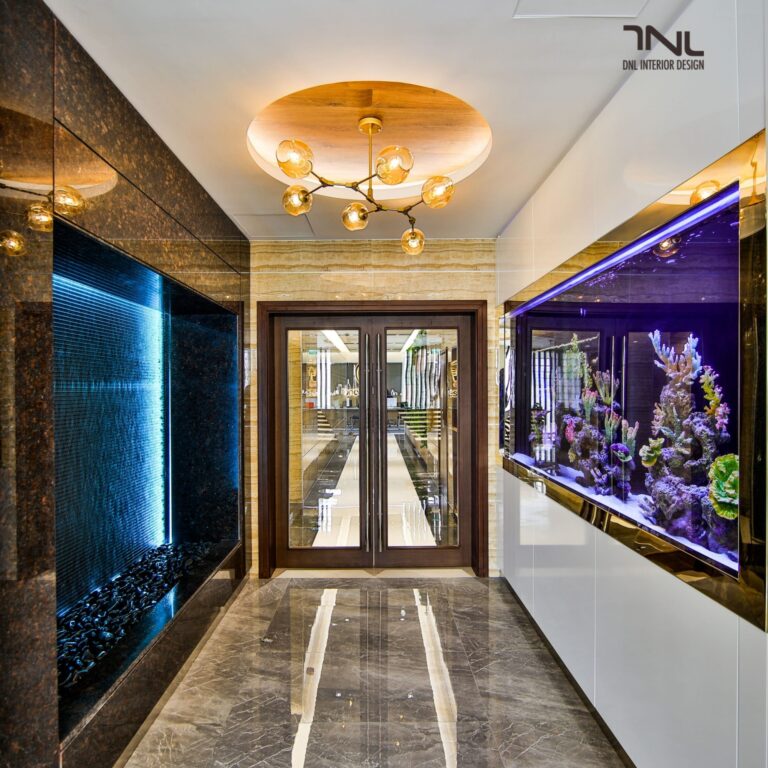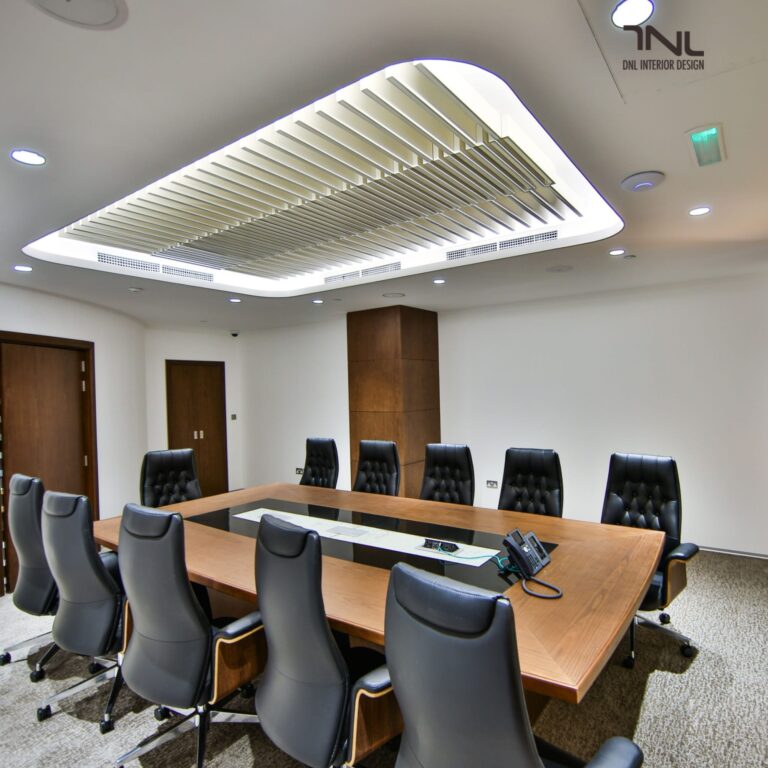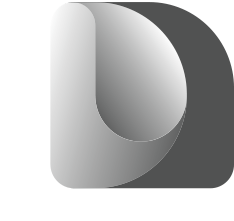7 Expert Tips To Design Your Modern Home Office
- DNL GROUP
- September 22, 2022
Your customer list is growing as more remote employees seek home office designs. Or can be you’re just ready to give your home office a complete makeover.
So how does one go about constructing a trendy and effective contemporary home office?

- Prioritize practicality
We understand that you’re eager to give the area a fresh look. However, remember that a home office is primarily a workstation. You must emphasize functionality.
That does not imply that your design must be dull.
It simply implies that your design’s base should be functional for your office purpose. When building your home office, begin with the needs of a contemporary workstation and then apply your creativity.
- Design for a small area
Home offices are often created in tiny rooms or repurposed locations such as the attic. When this is the case, the design should maximize the limited space to full extent.
Less is more. It can seem contradictory, but a few bigger objects will fit a small area better than a huge number of little ones.
In a modest home office, floor space is limited. A floating shelf unit or folding desk instead utilises vertical space.
Sometimes you can conserve room by using multifunctional furniture, such as a seat with drawers below or a floor lamp with storage at its base.
Don’t be frightened to make daring decisions just because the space is limited. Few statement items are sufficient.
- Make it comfortable
When constructing a workspace, you should prioritize comfort and ergonomics.
There are times and places when a chair that is more attractive than comfy is appropriate. Your residence office is not it.
This does not imply that you must select a dull, basic office chair; comfy seats come in a variety of shapes and colours. Ensure that it is a chair that you or your customer can easily spend hours in,
Currently, many individuals choose an adjustable or standing desk. Determine whether the customer is interested in this or if they would like a regular office workstation.
Ensure there is sufficient area to work. Can you easily reach the whole desk? Have you had space to stretch your legs?

- Make space for technology
Most home offices no longer need rows of file cabinets and paper storage. Instead, they need room for contemporary technologies.
Your customer likely has at least one monitor and there can be more. Discuss their work configuration and choose a desk that can fit it.
Electrical wires that run across the room are unsightly. Consider the position of the electrical outlets and the length of the cables required to reach the computer, monitor, or printer.
There are many methods to conceal unsightly cables. Most often, they run beneath furniture. Some designers paint them to complement the wall.
There are other things you can conceal. A disguised placement for printers and other office equipment removes them from view, allowing your design to take centre stage.
Before you begin building your home office, develop a list of all the technology you or your client will need. Consider where you can place or store each large object.
- Create ambiance using lights
In interior design, lighting is frequently disregarded, yet it can have a big impact on the interior of the house.
In a workplace, it is essential to have ample visibility, and ideal lighting serves a greater function. According to research, light influences cognitive function, mood, and attentiveness.
For example, individuals are more alert under bright light. In contrast to a setting designed for relaxation, such as a living room, you want to be fully awake in your home office.
Lighting might also impact one’s perspective. People are less optimistic when exposed to dim, cool-colored light.
Consider the office’s appearance at all hours. Natural light is preferable, but the workplace should also be a pleasant place to work at night.
- Enhance efficiency using colour
Offices often include white walls and neutral-colored furnishings. Yours is not required to be. Feel free to add a splash of colour to your workplace design, but keep in mind that colour can alter the mood of office workers.

- Become one with nature
Currently, one of the most popular trends in home office design is the use of natural elements. We have an innate urge to interact with nature, even if we must spend the whole day inside working.
This approach is sometimes referred to as biophilic design. It might include the use of natural light and ventilation, the addition of plants, water elements, and even aquariums.
Biophilic workplace design is beneficial to our mood, mental health, and cognitive performance.
Conclusion
As more individuals choose to work permanently from home, the need for sophisticated home office designs will only increase.
Whether you are a professional designer or a remote employee with an office in need of renovation, interior design software can assist you in creating a gorgeous contemporary office design.
DNL Design is a major provider of office interior design companies in Dubai. The company is an unequalled resource for all interior design and fit-out requirements. With our innovative and creative staff, we have an unmatched track record that will guarantee your complete happiness.
Connect with DNL now!

